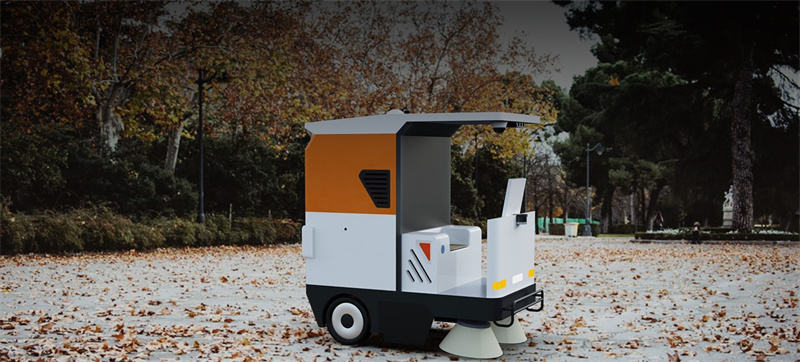Rotational Molding Opens Up New Avenues for Creating Smart Robotics Housings
 Apr 01,2024
Apr 01,2024

Rotational Molding Opens Up New Avenues for Creating Smart Robotics Housings
The world of robotics is rapidly evolving, with smart robotics housings becoming an integral part of modern technology. These housings are designed to protect, support, and integrate intricate components within robotics systems. One innovative manufacturing process that is opening up new avenues for creating smart robotics housings is rotational molding. This article explores the potential and benefits of using rotational molding to produce smart robotics housings, revolutionizing the field of robotics.

1. The Significance of Smart Robotics Housings:
Smart robotics housing serves as the backbone of modern robotics systems, providing protection, support, and integration for intricate components. These housings must be durable, scalable, and adaptable to accommodate the evolving needs of robotics applications. As robotics technology continues to advance, the demand for sophisticated and adaptable housings increases.
2. The Potential of Rotational Molding:
Rotational molding, a thermoforming process, offers a unique set of advantages when it comes to creating smart robotics housings. By heating a mold and rotating it around two axes, this manufacturing method enables the production of large, uniform, and hollow parts with excellent dimensional accuracy and smooth surfaces. The potential of rotational molding in producing smart robotics housings can be seen in the following aspects:
- Cost-effectiveness: Rotational molding eliminates the need for expensive tooling, making it a cost-effective solution for mass production of robotics housings.
- Customization: The flexibility of rotational molding allows for the creation of customized designs tailored to specific robotics applications, ensuring optimal performance and integration.
- Lightweight: The use of lightweight materials and efficient design techniques enables the production of robotics housings that reduce overall system weight, enhancing mobility and energy efficiency.
- Durability: Rotational molding allows for the use of durable materials, ensuring that smart robotics housings can withstand harsh environmental conditions and extend the lifespan of robotics systems.
3. Applications in Various Industries:
The potential of rotational molding in creating smart robotics housings extends beyond traditional robotics applications. This innovative technology can be applied across various industries, including:
- Aerospace: Rotational molding can be used to create lightweight and durable housings for aerospace robotics systems, improving fuel efficiency and overall performance.
- Automotive: Smart robotics housings produced through rotational molding can enhance the integration of autonomous vehicles, providing protection and power management solutions.
- Healthcare: Rotational molding allows for the production of sterile and compact housings for medical robotics, enabling precise surgical procedures and minimally invasive treatments.
- Agriculture: Smart robotics housings can be customized for agricultural robotics systems, ensuring efficient automation and optimization of farming processes.
As technology continues to advance and the demand for sophisticated robotics solutions grows, rotational molding will play a crucial role in shaping the future of robotics across various industries.
 Tel: 0086-13632687993
Tel: 0086-13632687993  Email: roto@lightvenus.com
Email: roto@lightvenus.com

 Home
Home Roto Molding Process is a Popular Manufacturing Technique Across Multiple Industries
Roto Molding Process is a Popular Manufacturing Technique Across Multiple Industries  You May Also Like
You May Also Like



 Tel
Tel
 Email
Email
 Address
Address








